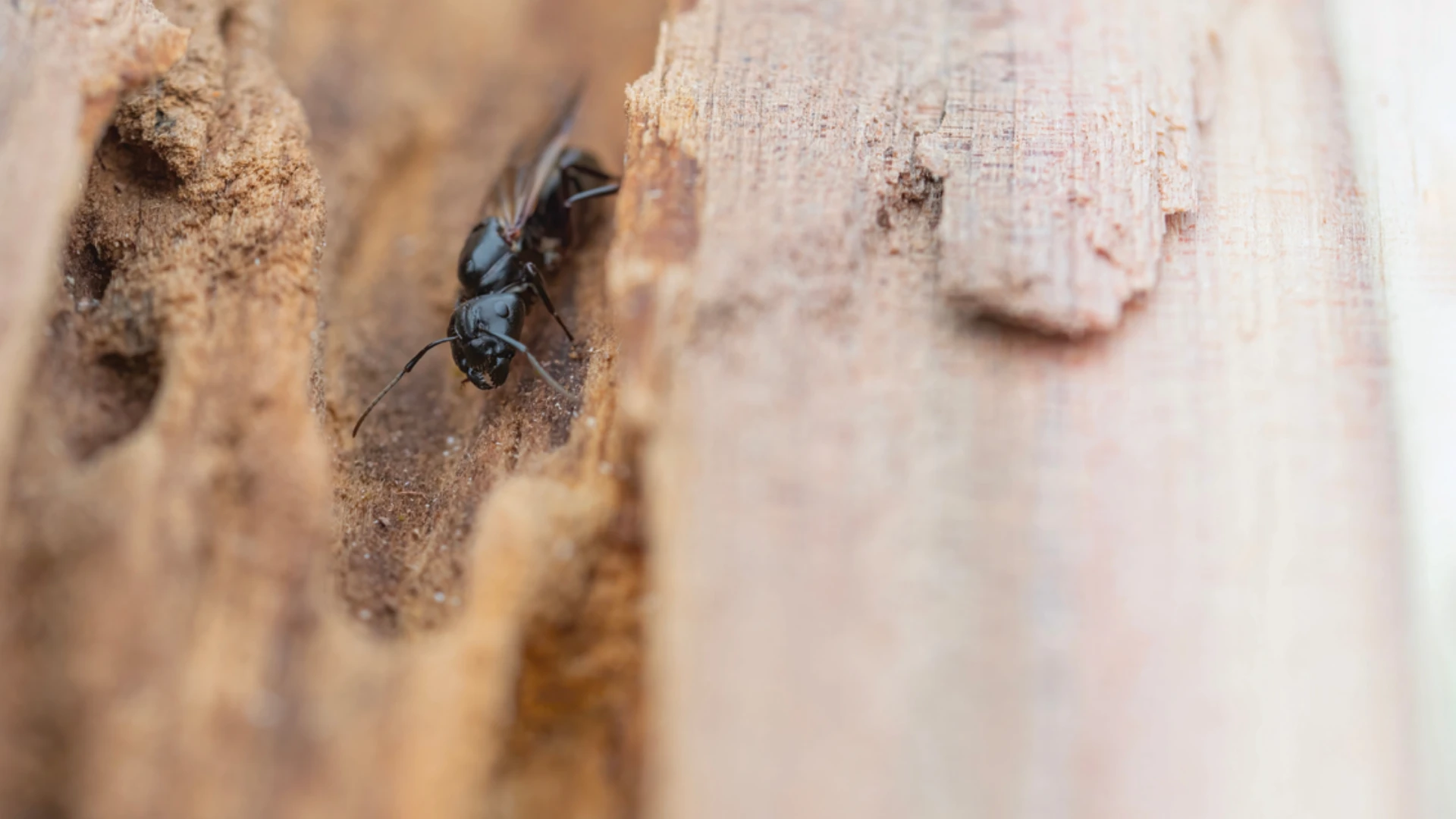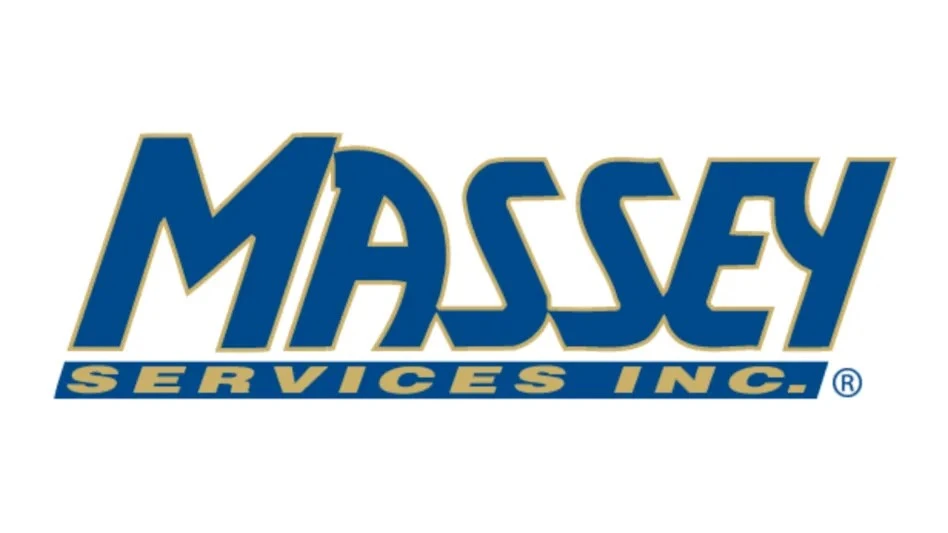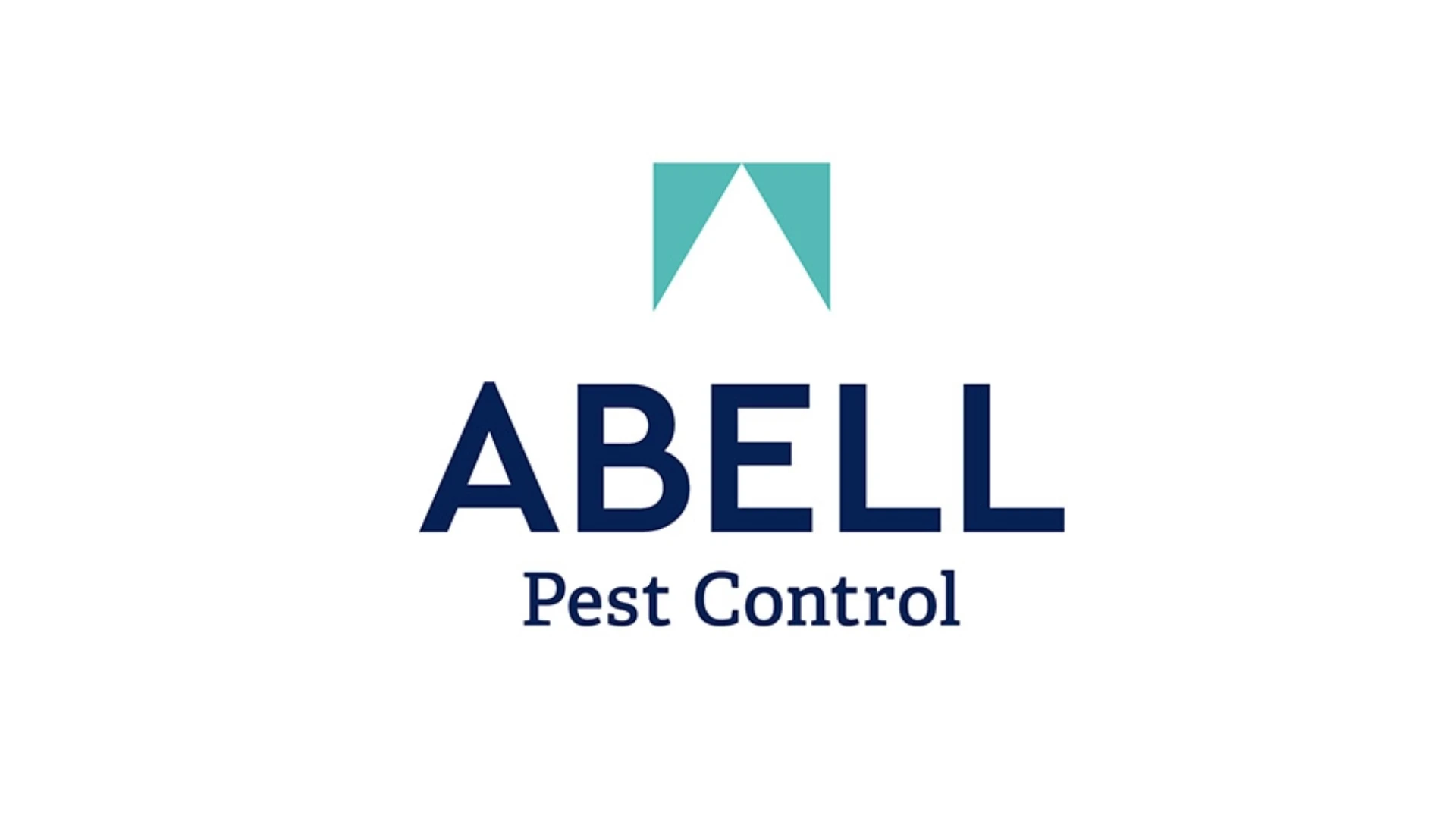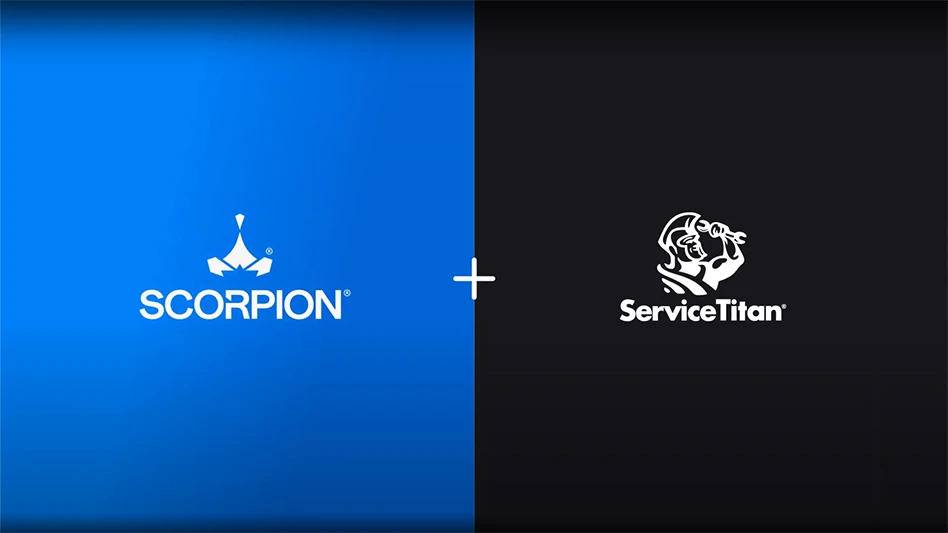 In 2012, the threat of West Nile virus (WNV) had been as real and in the public eye as it had been in nearly a decade. According to the Centers for Disease Control and Prevention, in 2012 about 6,000 total West Nile virus cases were reported, resulting in 286 deaths — easily the most since 2003, when 264 people died and nearly 10,000 cases were reported.
In 2012, the threat of West Nile virus (WNV) had been as real and in the public eye as it had been in nearly a decade. According to the Centers for Disease Control and Prevention, in 2012 about 6,000 total West Nile virus cases were reported, resulting in 286 deaths — easily the most since 2003, when 264 people died and nearly 10,000 cases were reported.
Those sorts of figures command the public’s attention and drive demand for mosquito control services. As an add-on service that requires minimal start-up costs, it can be an appealing investment for some PCOs, according to Donnie Blake, president of OPC Pest Control in Louisville, Ky. “The media, in essence, does a lot of marketing for you in regard to creating awareness,” he said.
Blake said in 2003, when public awareness of WNV was arguably at its peak, demand was booming for mosquito management. That tapered off in the following years, replaced in part by the wave of bed bug hype that captured the public’s attention. However, 2012 brought another wave of media attention. As such, the time was (and still is) ripe for PCOs to add on mosquito services. “The opportunity for the pest management industry has never been better as homeowners focus on family and the enjoyment of their backyards,” Blake said. Families spend lots of time and money on their homes and outdoor spaces and they are willing to purchase mosquito control in order to enjoy them, Blake said.
The ‘Threat.’ With the potential to transmit West Nile virus and other diseases, mosquitoes stand out to the public. Blake reiterated that the news media help focus this concern with reports of West Nile virus — and families become concerned about their property, their health and their children’s health.
However, the public knowledge of disease transmission by mosquitoes is limited. “When [a person] is bitten, they just know they’re going to get West Nile,” Blake said of the “fear factor” that comes into play with regard to the public’s image of mosquitoes.
“They no longer consider mosquitoes to be simply a nuisance, or just something they have to deal with when they go outside,” Blake added. “Now it’s a public health issue.”
For the PMP, this is a business opportunity — but like any other, it requires careful planning and implementation for success. Mosquito control programs vary for different areas of the country, and there is no one-size-fits-all approach.
Getting Started. “You must start with the paperwork,” Blake said in no uncertain terms. You’ll need a service agreement with disclaimers, a signed service commitment and a customer education sheet that discusses how customers can prepare their property before the PMP does any sort of mosquito control work.
These service agreements are very important. It’s impossible to entirely eliminate mosquito populations, and that needs to be made clear to your customer. Blake recommended using language that says your firm will “help reduce mosquito populations,” rather than completely eliminate them. In addition, it’s important to make sure that your customer is doing his or her part as well; assist customers by providing them a list of things they will need to do in order for your service to be most effective. This could include recommending that customers keep standing water from accumulating in their yards and eliminating damp spots where possible.
Blake recommended coordinating with an attorney when drafting service commitments and disclaimers to ensure the service won’t leave you vulnerable to litigation.
 Protocol. The goal of a mosquito control program, Blake said, is to apply an adulticide in areas where female mosquitoes rest before feeding. There are several reasons for this, and they relate to mosquito biology, Blake said.
Protocol. The goal of a mosquito control program, Blake said, is to apply an adulticide in areas where female mosquitoes rest before feeding. There are several reasons for this, and they relate to mosquito biology, Blake said.
Only the female mosquito sucks blood from humans, while male mosquitoes feed only on plant nectar and are harmless to humans. However, the average homeowner will not know this, so your job as a PMP is to eliminate both sexes. As well, only certain mosquito species are responsible for transmitting diseases. However, “the customer doesn’t know or care,” Blake said.
Most mosquitoes will forage within one mile of their breeding site, so identifying breeding sites is important in a control program. Just as important is that female mosquitoes require rest before taking a blood meal — this means you’ll be targeting those specific resting sites as well, Blake said.
The first step of a mosquito control protocol, then, is to physically investigate the area for possible breeding or resting sites. Blake said for this reason, you can’t quote services over the phone. His company sends a sales associate out to a home to identify areas and speak with the customer.
After a thorough inspection, recommendations should be made to the homeowner in order to correct certain areas and conditions contributing to mosquito development and breeding. These problematic sites can be in gutters, garbage containers and neglected swimming pools. Also, customers should keep bushes and ivy neatly trimmed, as those can be areas where female mosquitoes will rest.
Once you’ve identified the areas and made the recommendations to the customer, the application of products can move forward. Some things to know about larvicides and adulticides:
Larvicides:
- Check with appropriate regulatory agencies before using them.
- Larvicides are insect growth regulators (IGRs), and prevent larval mosquitoes from becoming breeding, biting adult mosquitoes.
- Larvicides are used in standing water and damp areas, and do not affect animals or vegetation.
- Larvicides are easy to use.
Adulticides:
- Applying adulticides to resting areas is the recommended goal of a mosquito program, Blake said.
- Adulticides should be applied around the perimeter of structures, including the foundation and underneath decks. They should be applied on shrubs, ornamentals and other plants, as well as to shady areas such as around the bases of trees.
Coordinate with your distributor to find the specific products that will suit your needs, Blake said. “It will vary,” he said. “Try all the different products to find which happens to be the best for you.”
Application can be performed with a simple backpack sprayer, though Blake said larger operations may require heavier equipment.
Routine monitoring is imperative to successful mosquito control. First, you’ll need to ensure your customer is making the corrective actions you recommended, and you’ll need to know if any additional correctable conditions have cropped up. Communicate this information to your customers, and make sure you document it, Blake said.
Your firm’s service schedule will vary based on mosquito season relative to your geographic area. Blake said that his Louisville firm’s busy season for mosquito work ranges from April through October — though in a warmer climate like Florida, for instance, it may stretch beyond. You’ll also want to base charges on how many months a customer would like service — charge less per visit for a customer who has contracted multiple visits than a customer who only wants one service.
Concerns. Providing mosquito control comes with inherent risks, just like all add-on service offerings. Here are some of the most pressing:
- Do your research when it comes to checking with the appropriate regulatory agencies and the licensing your mosquito control technicians will require. Regulations and the types of required permits will vary from state to state, Blake said.
- “Drift,” caused by windy conditions, is an issue you’ll need to consider. A particularly windy day may impede you from performing an application. If this is the case, and you or a technician is already on site, it makes for a good opportunity to sell your customer additional services.
- Breeding on adjacent property can be an issue. If a neighbor has a swimming pool in the back yard, for instance, this may make your control efforts more difficult.
- Some mosquito control products can irritate skin — some of your technicians may not be able to perform mosquito control for this reason.
- Total mosquito control is impossible to guarantee — as mentioned previously — so this is why your service commitment is so important, according to Blake. The customer must be involved with the process.
In the end, mosquito control can be a wonderful opportunity. Low-cost start-up coupled with increased public awareness — as opposed to the potential high cost of start-up for bed bug control, Blake said — can boost your bottom line.
The author is a graduate of Ohio University’s E.W. Scripps School of Journalism and former PCT associate editor.

Explore the November 2013 Issue
Check out more from this issue and find your next story to read.
Latest from Pest Control Technology
- Rose Pest Solutions Becomes Official Pest Provider of Chicago Fire FC
- WSPMA Hosts Legislative Day at Washington State Capitol
- A-1 Pest Control Marks 59 years in Business
- Hawaii PCO Shares Regulatory Challenges, Business Impacts from Lahaina Wildfires
- 5 Tips for Reducing Waste in the Office and in the Field
- OvoControl Now Available in Chile
- Envu Announces Savings Programs for Pest Management Professionals
- Follow the Trail





